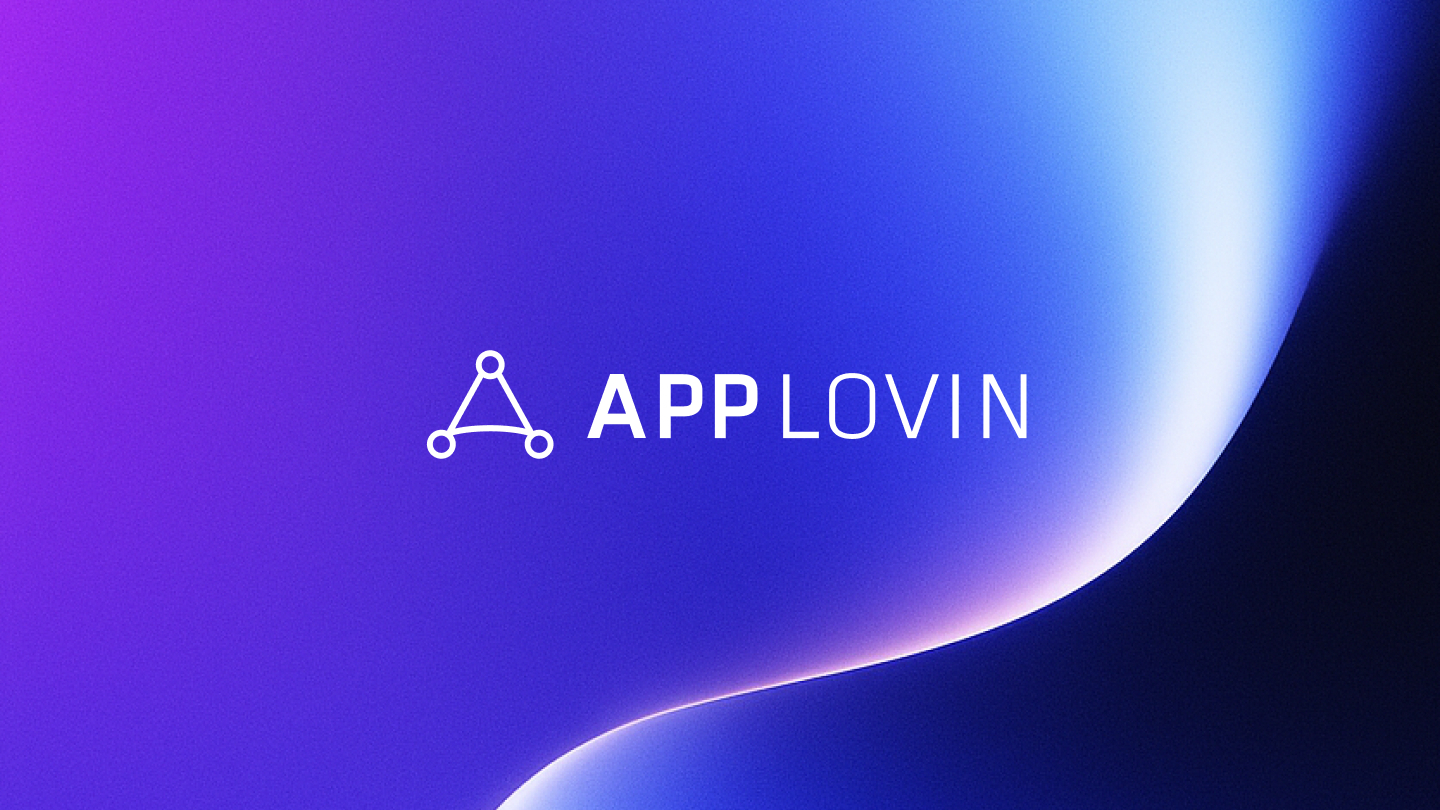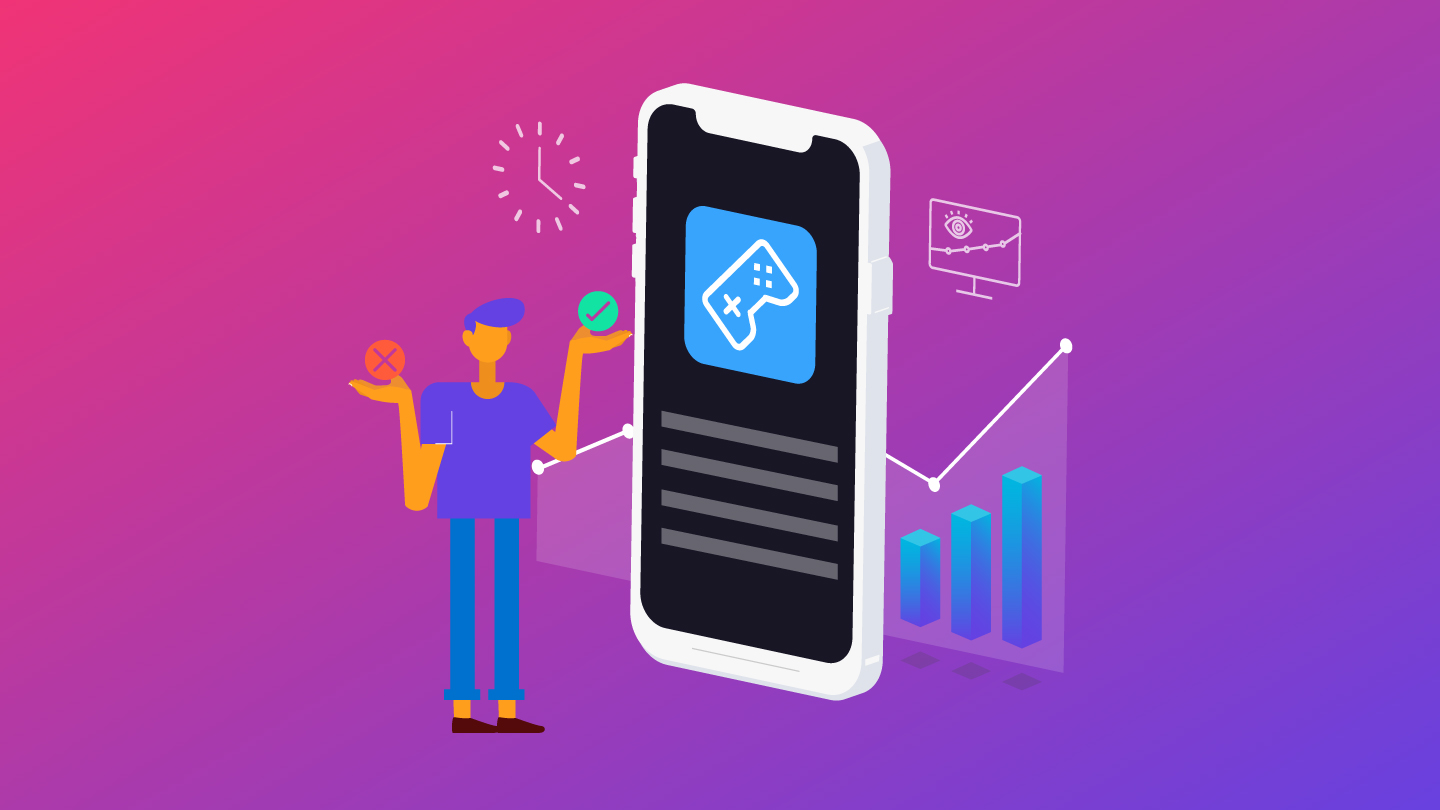Proper tracking and testing of metrics in the mobile games business are one of the most important things that will help you scale. Key performance indicators (KPIs) such as revenue per install (RPI), retention, and key in-app events supplement the measurement of lifetime value (LTV) in ultimately determining the performance of your game.
So how do you start scaling your game or app? How do you know when it’s time to invest more resources? There are indicators that help drive these decisions, and they all boil down to metrics.
What does it mean to scale?
When you scale a mobile game or an app, it typically refers to expanding your user acquisition across different networks, such as AppLovin, Facebook, and Google to reach a wider audience.
Scaling helps you gain a deeper understanding of how big of an audience you can reach and how the game will do across more networks.
Lion Studios’ Senior Director of Growth, Katja Llach, who drives growth for our studio partners and for Lion’s games, shared her expertise, saying, “Most studios will start with tests, perhaps on a smaller subset of networks or channels they use, and then depending on how those initial tests do, they expand to more networks or countries.”
KPIs to look out for
Depending on what stage the game is in, each studio will have a different set of KPIs and areas where they want to grow. Some common ones include:
- Click-through rate
- Install rate
- Cost per install
- Retention
- Rate of in-app purchases
Katja further explained, “If you’re at an early stage where your game doesn’t have a lot of content, you’d probably want to be more focused on early indicators of the funnel, such as click-through rate, install rate, and cost per install.”
She continued, “On the other hand, you could have a game that a developer has been working on for a year and have really in-depth content, such as mid-core or a polished AAA game. In that case, the CTRs and install rates probably aren’t as relevant as retention and in-app purchase rates.”
Scaling across networks and countries
When you are ready to scale your game, start with a variety of different networks (including AppLovin!) and see what makes sense.
For example, you could start out with a select few test countries with smaller budgets, gauge performance, and then scale out globally across both iOS and Android.
Indicators that show your game needs improvement
The great thing about testing is that it gives you a good grasp of how your game is performing—whether it’s doing well or not.
The following outcomes may be a clear indication that your game isn’t doing well and you should take the steps to increase performance or consider moving on from the game altogether.
- Retention is degrading
- Cost per installs have suddenly increased
- You run tests but you’re not able to actually improve anything
When it comes to scaling, sometimes there are pitfalls that distract you from the main objective, which is to see how your game performs across different networks so you can continue to gain traction for installs. This may happen when developers prioritize parts of the game that don’t necessarily need testing just yet, such as testing different designs for characters before figuring out the core game mechanics.
Katja pointed out, “It’s easy to get overwhelmed by the possibilities and testing the details of the game. Focus on the KPIs most important to you, and structure your tests around those to iterate as you go along.”
Remember that success is defined differently for everyone. Keep a close eye on your performance and make iterations as you continue to scale to get closer to your goals. No two games are the same, and the goals and metrics that determine success for one will be different for another.
However, it’s still important to establish what your baseline is for your goals by looking at similar games in the market while keeping track of key performance metrics such as retention and LTV.







